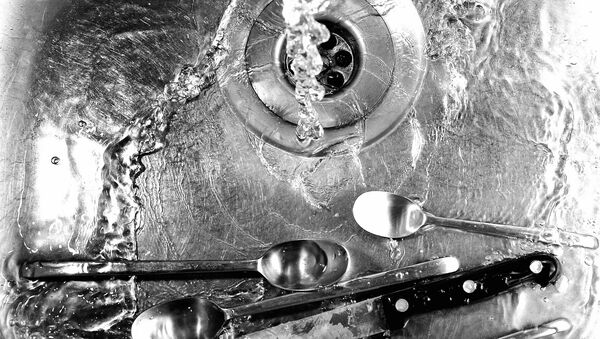“Americans take it for granted that the water flowing from their drinking water taps…is clean and safe,” Erik Olson, director of the NRDC’s health program, said during a telephone press conference. “But what we found is that all too often that assumption is wrong.”
While no amount of lead is considered safe, 10% of homes that were tested had lead levels above 15 parts per billion, which is where the EPA calls for immediate action due to health threats.
“These violations are part of a huge number of systems that are out of compliance with the law that regulates lead in drinking water. Between 6 and 10 million lead service lines are in use throughout the country, serving somewhere between 15 and 22 million people,” Think Progress reported.
“The EPA’s Lead and Copper Rule requires water systems that serve more than 50,000 people to either treat their water with corrosion control chemicals that keep the lead from leaching from pipes into drinking water or to show that they don’t need to use those chemicals because their water isn’t corroding pipes and isn’t contaminated. It also requires regular testing, and if more than 10 percent of tested taps have lead levels above the 15 parts per billion mark, a system has to take measures to reduce it such as better corrosion control or removing lead service lines.”
“A water system can avoid detecting lead in their water if they’re savvy and understand how the rules work,” Olson said. “The water crisis is likely to be a lot wider than what we’re representing, but we can’t get an accurate picture.”
The report points out that if Flint managed to avoid inclusion in the data, how many other cities could have gone unreported?
“If Flint’s extraordinary lead contamination problems are not included in the EPA’s official compliance data, how many other municipalities’ serious lead problems are being swept under the rug by officials responsible for protecting public health?”




